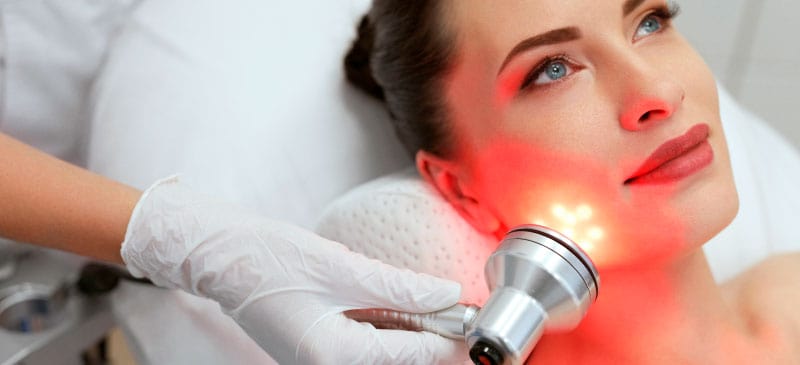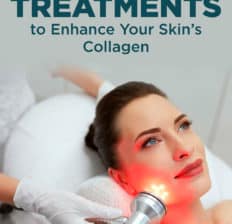This Dr. Axe content is medically reviewed or fact checked to ensure factually accurate information.
With strict editorial sourcing guidelines, we only link to academic research institutions, reputable media sites and, when research is available, medically peer-reviewed studies. Note that the numbers in parentheses (1, 2, etc.) are clickable links to these studies.
The information in our articles is NOT intended to replace a one-on-one relationship with a qualified health care professional and is not intended as medical advice.
This article is based on scientific evidence, written by experts and fact checked by our trained editorial staff. Note that the numbers in parentheses (1, 2, etc.) are clickable links to medically peer-reviewed studies.
Our team includes licensed nutritionists and dietitians, certified health education specialists, as well as certified strength and conditioning specialists, personal trainers and corrective exercise specialists. Our team aims to be not only thorough with its research, but also objective and unbiased.
The information in our articles is NOT intended to replace a one-on-one relationship with a qualified health care professional and is not intended as medical advice.
3 Beauty Treatments to Enhance Your Skin’s Collagen
September 21, 2022

Adapted from The Collagen Diet: A 28-Day Play for Sustained Weight Loss, Glowing Skin, Great Gut Health and a Younger You by Dr. Josh Axe
The body’s production of collagen naturally slows as we age. We can thank this process for signs of aging, such as wrinkles, sagging skin and joint pain.
Clearly, collagen has an impact on appearance. Many people offset this slowdown in production by supplementing with collagen powder, which has a slew of benefits, but here’s a secret: It works best when used in conjunction with a variety of other strategies that support and promote collagen production in the body.
There are dozens of beauty treatments on the market, many of which can improve your skin’s appearance. Because I know how important collagen is for turning around aging skin, these three approaches are my favorites — and are worth a try.
3 Beauty Treatments to Enhance Your Skin’s Collagen
1. Red Light Therapy
Light therapy is actually an ancient healing tradition, with roots in the medical traditions of Egypt, Greece, China and India. In this contemporary version, low-power red light waves are emitted through the skin. Red light can be absorbed by the skin to a depth of about eight to 10 millimeters, allowing it to penetrate into the dermis, the skin layer where most of your collagen resides.
Studies show that light in the spectral range of 600 to 1,300 nanometers — red light is 620 to 700 nanometers — is useful for promoting wound healing, tissue repair and skin rejuvenation. (By the way, red light doesn’t have the more dangerous UVA or UVB rays that are linked to skin cancer and premature aging.)
It pulls off this magic trick by stimulating cell proliferation. Specifically, red light therapy regenerates fibroblasts, the cells that give rise to collagen.
A study published in Photomedicine and Laser Surgery found that participants treated with red light therapy experienced reduced wrinkles and fine lines, as well as improved skin tone and increased collagen density. Researchers confirmed this through ultrasonographic measurements.
At the same time, the therapy is considered moderately effective for reversing hair loss and stimulating follicle growth. A literature review of the technique (also known as low-level laser therapy) by Massachusetts General Hospital and Harvard Medical School researchers concluded that it can stimulate hair growth in both men and women and may work by triggering epidermal stem cells in the hair follicle to shift into production mode.
2. Microneedling
Also known as collagen induction therapy, microneedling is a minimally invasive skin treatment performed by moving a tool with tiny needles over the skin, making minuscule punctures in the top layer. Although you can do it at home if you have a microneedling tool, it’s safest to visit an experienced dermatologist or aesthetician for treatment. The infinitesimal wounds send the skin into repair mode and trigger the body to ramp up collagen and fibroblast production.
A study published in Plastic and Reconstructive Surgery found that patients treated one to four times experienced a notable improvement in wrinkles, scarring and stretch marks — and they showed a significant increase in collagen and elastin six months after treatment.
Likewise, a study published in the Journal of Cutaneous and Aesthetic Surgery examined how well the treatment worked in patients with deep acne scars. When the study was over, the majority of participants had measurable decreases in the severity of their scarring, and more than 80 percent rated their treatment as excellent on a 10-point scale.
Microneedling might bolster hair growth, as well. Research in mice suggests enhanced expression of hair-related genes and stimulation of hair growth in mice undergoing microneedling. One study in humans showed that when microneedling was used in conjunction with Minoxidil, a prescription hair loss treatment, it was more effective than Minoxidil alone.
3. Exercise
OK, so it’s not a beauty treatment per se, but I had to mention working out here. Getting your sweat on, whether through aerobic exercise or strength training, increases the production of growth hormone, and growth hormone prompts your fibroblasts to churn out more collagen.
Although most forms of exercise seem to trigger growth hormone, the latest research indicates that strength training and interval training (also known as burst training) are the most effective, and putting the two together may offer the biggest bang for the buck.
In a study in PLoS ONE, researchers recruited healthy young and middle-aged volunteers to participate in a 13-week training program that alternated between two types of training. During one session, participants did interval training — including three to five sets of running or cycling at maximum velocity followed by passive recovery for two to three minutes. Two days later, they returned for a resistance training session.
For the resistance training, participants used progressively heavier weights and did five to six exercises that targeted all the major muscle groups. When compared to a control group, who did not participate in the program, those in the exercise group had significantly higher levels of growth hormone at rest and in response to a sprint exercise.
Equally intriguing, before the exercise program, the younger participants’ growth hormone levels were higher. After the 13-week training program, the age difference with regard to growth hormone had disappeared. This suggests that a combination training program can help those in midlife attain a more youthful level of collagen-boosting hormones.
And don’t forget adaptive exercise, like yoga. It, too, can be great for keeping your skin youthful and fresh, because it reduces stress, a collagen killer. The side-bending and downward poses deliver a healthy dose of healing blood and oxygen to your whole body, including your skin.
Moreover, levels of glutathione, a powerful antioxidant, are higher in people who do yoga regularly, while stress hormone levels are lower, making the internal environment of your body more collagen-friendly.
I swear by yoga’s stress-reducing benefits, and so does my wife, Chelsea. If you’re not already a practitioner, I suggest you add it to your usual fitness routine at least one day a week.




